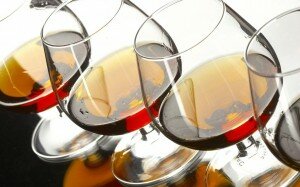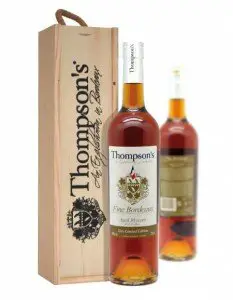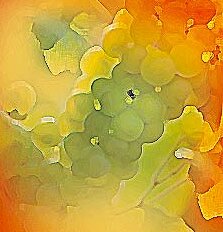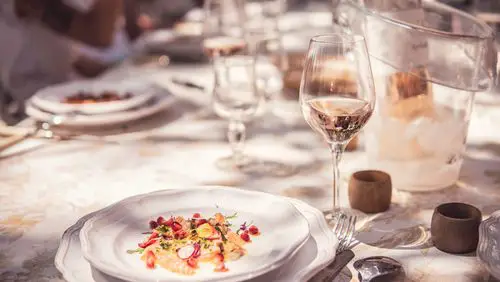J ane Anson writing over at Decanter has reported that a Bordeaux wine producers’ union and several Negotiants (wine merchants) are seeking approval for new rules that would revive the almost extinct ‘Fine Bordeaux’ eaux de vie (brandy).
ane Anson writing over at Decanter has reported that a Bordeaux wine producers’ union and several Negotiants (wine merchants) are seeking approval for new rules that would revive the almost extinct ‘Fine Bordeaux’ eaux de vie (brandy).
This is welcome news to my ears. Fine Bordeaux is still made by some top ranking chateaux and has a select niche market. Apparently the ‘emergence of new markets for Bordeaux wine has prompted the desire to relaunch production of Fine Bordeaux’.
For ‘new markets’ read ‘China.’ China has a growing love affair with brandy (and whiskey) and Chinese connoisseurs are interested in brands with heritage, history and craftsmanship.
Naturally it’s not just the Chinese who appreciate a wee dram, we Brits enjoy our brandy and whiskey just as much as they do. In fact one Brit, Steve Thompson, enjoyed Fine Bordeaux so much he is now producing his own: Thompson’s. He is championing the production of Fine Bordeaux and preserving Bordeaux’s distilling heritage.
First Growths Chateaux Lafite and Mouton Rothschild both produce eaux de vie. Chateau Lafite makes both Cognac and Armagnac but Chateau Mouton makes Eau de Vie de Marc d’Aquitaine de Mouton Rothschild.
(Marc is made by distilling grape marc – the pressed grapes, skins, stalks and seeds whereas Fine is made by distilling wine. Both have a loyal fan base).
Jean Luc Thunevin of in Saint Emilion (recently promoted to Premier Grand Cru Classé B) also makes a Fine de Bordeaux: La Fine Bordeaux de Valandraud. Fine Bordeaux is also made by smaller producers (Petit Chateaux) and I hope to discover some when I am next in Bordeaux.
‘Eaux de Vie’ translates from the French as ‘water of life’ and ‘Fine’ is the French word meaning ‘fine’, as in ‘high quality.’ Bordeaux is not the only wine-producing region in France to produce ‘Fine’ – you can also find Fine de Bourgogne (Burgundy) and Fine de la Marne (Champagne).
People used to refer to having a couple of fines after their coffee but the term, though once common, is now dying out.
France, of course, is famous for its brandy production with Cognac (just north of Bordeaux) and Armagnac (just south of Bordeaux). Fine de Bordeaux is made in a similar manner from distilled wine: using double distilled in copper pot-stills, aged in Limousin oak barrels and made with the same grapes, Ugni Blanc and Colombard.
These grapes are actually among the white grapes permitted in Bordeaux for White wine production. Historically Fine Bordeaux was once produced under the name Cognac but this was no longer permitted at the beginning of the 20th century. It was made under the name Eaux de Vie d’Aquitaine from 1942 and finally Fine Bordeaux from 1974.
Fine Bordeaux production declined in the late 1980s as production was phased out in favour of using the grapes for white Bordeaux White wines instead.
 Apparently the Bordelaise proposal is that Fine Bordeaux ‘must be double distilled in alembics, aged in 600-litre oak barrels for one year and made from at least 70% Ugni Blanc, Semillon and Colombard, with the remainder from Merlot Blanc. The final alcohol level must 40% abv’.
Apparently the Bordelaise proposal is that Fine Bordeaux ‘must be double distilled in alembics, aged in 600-litre oak barrels for one year and made from at least 70% Ugni Blanc, Semillon and Colombard, with the remainder from Merlot Blanc. The final alcohol level must 40% abv’.
I wish them every success and look forward to sampling some of their wares in the future!

